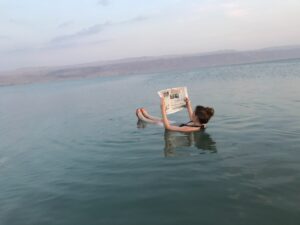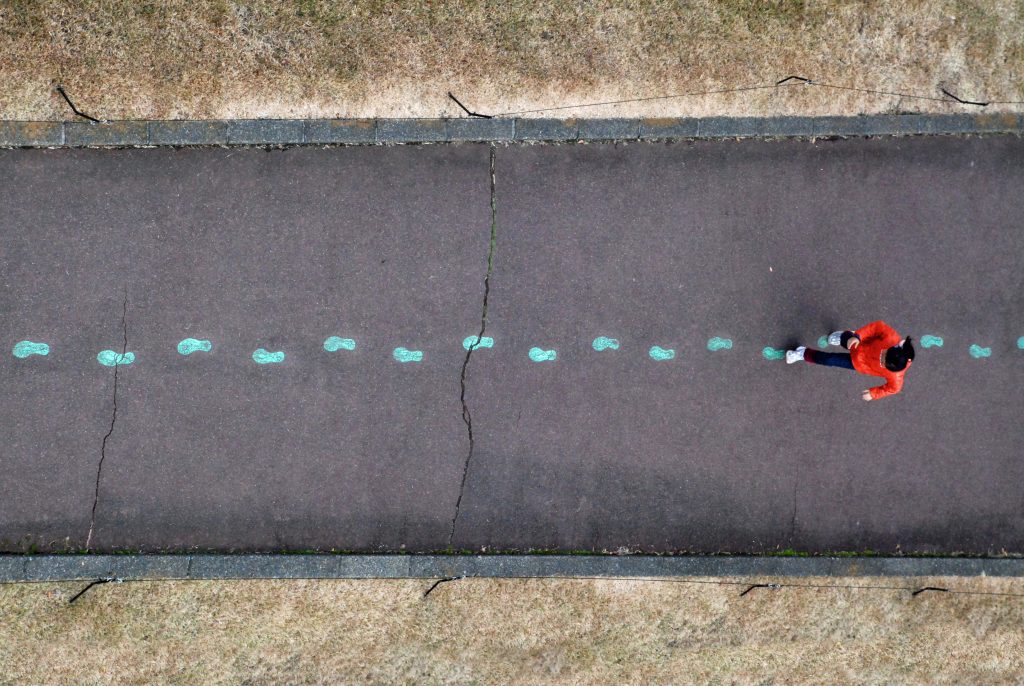Dr. Ray Pastore used several multimedia learning (MML) principles throughout his video. For example, since he uses words along with images he follows the multimedia principle.When aiming to include these principles in the creation of a multimedia learning object, it may not be possible to include the entire list. One principle that may be difficult to follow is the prior knowledge principle. It states that some principles that aim to help novices may interfere with multimedia learning for people who are more advanced on the subject being taught. Even for experts, it may be confusing to interpret the level of understanding that learners have, and to cater to everyones different needs on the subject.

Photo by Daniele Levis Pelusi on Unsplash
Also, there are some principles which have aspects that contradict one another. For example, the modality principle which describes that people learn better from graphics and narration rather than from graphics and printed text. I believe that this suggests that there does not need to be text presented. This may be confusing when trying to also trying to follow the Spatial Contiguity Principle and the Temporal Contiguity Principle. These both explain the placement of words, therefore there must be text being presented to follow them.
I have used the embodiment principle in the past when I was presenting a prototype on Zoom, since I did not turn on my camera. However, when reflecting on this principle, I think that I actually do learn better when I can see the speaker’s image on the screen, which is opposing this principle.
The following is my edited screencast video.




